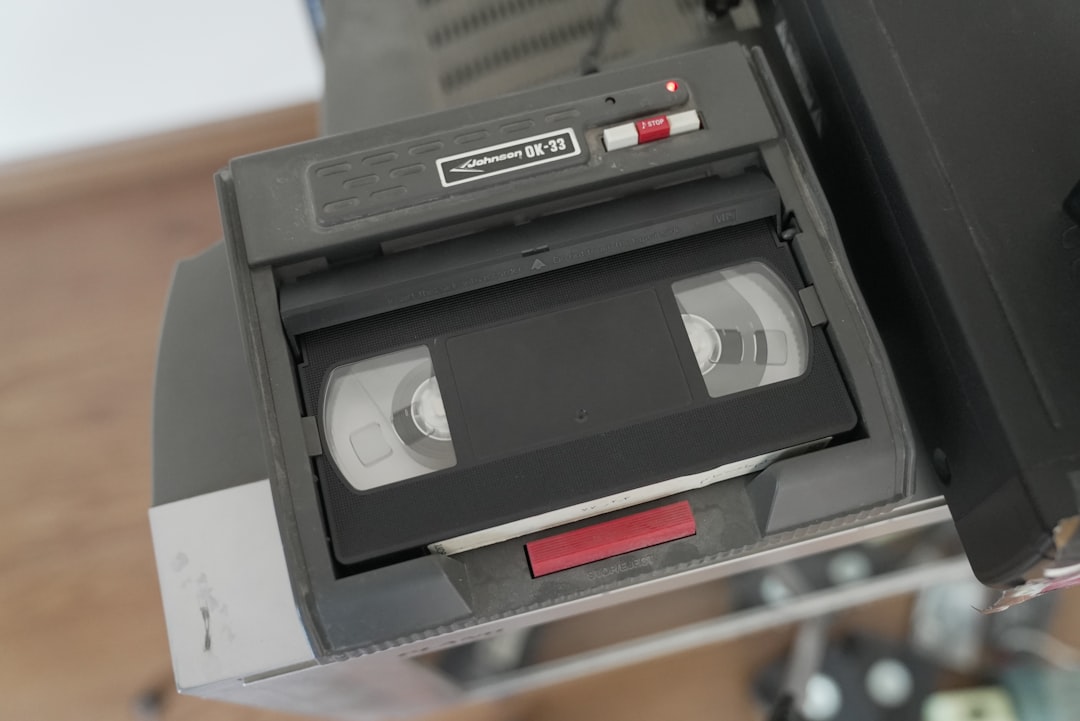Digital Audio Tapes (DATs) might feel like a relic of a bygone tech era, but for many businesses and hobbyists, these compact magnetic storage devices—especially the Sun 4mm DAT—are still vital for long-term data archiving and retrieval. When used via USB bridges, especially in modern systems without native SCSI support, ensuring optimal performance can be a challenging task. Fortunately, with strategic tuning—particularly through effective buffering and choosing the correct block sizes—you can maximize throughput and maintain reliability.
In this article, we’ll explore how to squeeze the best performance out of a USB-bridged Sun 4mm DAT, focusing on critical aspects like data buffering, block sizes, and system interplay. Whether you’re running legacy backups or capturing archival data, these tips will help you avoid sluggish transfer rates and corrupted writes.
Understanding the Hardware and Its Limitations
Before diving into tuning techniques, it’s vital to understand the architecture and quirks of the setup:
- Sun 4mm DAT: A cartridge-based tape drive supporting DDS (Digital Data Storage) formats. Often used with SCSI interfaces.
- USB-to-SCSI Bridge: Acts as a translator, allowing modern machines to communicate with SCSI-based DAT drives through USB.
- Operating System Integration: Most OSes treat the tape device as a character device, placing much of the responsibility for buffer management on userland software.
This combination works but is prone to slowdowns without best practices, primarily due to the translation layer introduced by the USB bridge and the constraints of the USB protocol itself.
Why Buffering Is Crucial
Buffering is the backbone of real-time data transfer in sequential media like tape. Unlike random-access devices, tapes cannot reposition quickly. A slow or intermittent data stream causes the tape to “shoe-shine”—a back-and-forth motion that dramatically reduces performance and increases wear.
Modern operating systems offer buffer settings you can tweak at multiple levels:
- OS-level Buffers: These include read-ahead and write-behind caches provided by the kernel.
- Application-level Buffers: Utilities like dd or tar allow users to define buffer sizes explicitly.
- SCSI Command Queuing: Some USB-to-SCSI bridges support queuing and command overlap, reducing latency.
When these buffers are inadequately sized or mismanaged, tape drives can stall waiting for new data or write commands, breaking their steady performance rhythm.
Choosing the Right Block Size
Block size—it’s one of the simplest yet most impactful performance controls in any tape system. The Sun 4mm DAT is quite flexible but has some sweet spots worth acknowledging.
Here’s what to consider when selecting your block size:
- Drive Compatibility: Most 4mm drives support fixed block sizes from 512 bytes to 64KB, and some support variable block sizes.
- CPU vs Throughput Tradeoff: Smaller blocks mean more individual I/O operations, which can increase CPU load. Larger blocks reduce CPU load but risk data loss if a write error occurs.
- USB Packet Efficiency: USB operates efficiently with block sizes that fit well within its packet frame architecture, often resulting in ideal block sizes between 32KB and 64KB.
As a rule of thumb, begin testing performance with block sizes of 32KB and 64KB. Gauge the performance by measuring write throughput and monitoring system resource use.

Practical Tuning Strategies
With the theory nailed down, let’s talk tuning. Here’s how you can optimize buffering and block sizes in your setup:
1. Use the Right Tools
Tools like dd, mt, and tar are staples of the backup and restoration ecosystem. Here’s a dd example with tuneable parameters:
dd if=/dev/zero of=/dev/nst0 bs=64k count=10000In the example above:
- bs=64k: Sets the block size to 64 kilobytes—ideal in many benchmarking cases.
- count=10000: Defines how many blocks to write, making it suitable for performance testing.
2. Monitor Buffer Activation
On Unix-like systems, iostat or vmstat can help reveal system-level buffer activity and I/O wait times. Look for consistent write throughput and low wait times. You may also use strace to observe system calls made during tape writing to gain insights into buffer handling.
3. Optimize the USB Bridge Usage
Not all USB-to-SCSI bridge chips are created equal. Make sure yours supports bulk transfers and has basic buffering mechanisms. Use USB 2.0 or better; USB 1.1 is far too slow and will bottleneck tape writing.
4. Tweak Driver Parameters
If supported, the st (SCSI tape) kernel module has parameters like buffer_kbs and max_sg_segs that can significantly impact tape performance.
For example:
modprobe st buffer_kbs=1024 max_sg_segs=128This tells the tape driver to increase the buffer size from the default and allows more scatter/gather segments, both leading to a smoother data stream.
Benchmarking and Real-World Performance
The only way to know if your tuning efforts are successful is: benchmark, analyze, adjust, and repeat. A successful setup is able to:
- Maintain continuous data streaming without frequent tape repositioning.
- Provide consistent and predictable throughput between 1.5MB/s to 3MB/s for DDS-2 and DDS-3 tapes.
- Handle both small file and large dump-type backups effectively.
Benchmarking tools like bonnie++ or content-specific tests using tar and md5sum can help verify speed and integrity levels.

Common Pitfalls to Avoid
Even the best-planned setups can fall short if these traps are not navigated:
- Ignoring Driver Errors: Always monitor kernel logs (
dmesgor/var/log/syslog) for SCSI sense errors. They can reveal timing or device communication issues. - Using Variable Block Sizes with Old Software: Some legacy utilities and bridge drivers can’t handle variable blocks well; stick with fixed, large block sizes for safety.
- Overlooking Power Issues: Older DAT drives can draw substantial current; ensure adequate power delivery if using external enclosures.
Long-Term Strategy: Automate and Monitor
Once your system is tuned, create scripts that automate your backups with performance-preserving parameters baked in. For example, a typical backup script might include:
#!/bin/bash
mt -f /dev/nst0 rewind
tar --blocking-factor=128 -cf /dev/nst0 /home/user/data
mt -f /dev/nst0 offline
Pair this with monitoring alerts using tools like Monit or Nagios to catch slowdowns or write errors before they corrupt your data confidence.
Conclusion
Performance tuning a USB-bridged Sun 4mm DAT isn’t just about speed—it’s about reliability, longevity, and squeezing every drop of utility from your archival hardware. By paying close attention to buffering strategies and block size configurations, along with careful monitoring and automation, you’ll enjoy a robust setup ready to handle your most important data with vintage reliability and modern ingenuity.
While tape isn’t the flashiest medium anymore, it remains one of the most resilient—and with the right tweaks, an absolute champ in your data lifecycle strategy.


